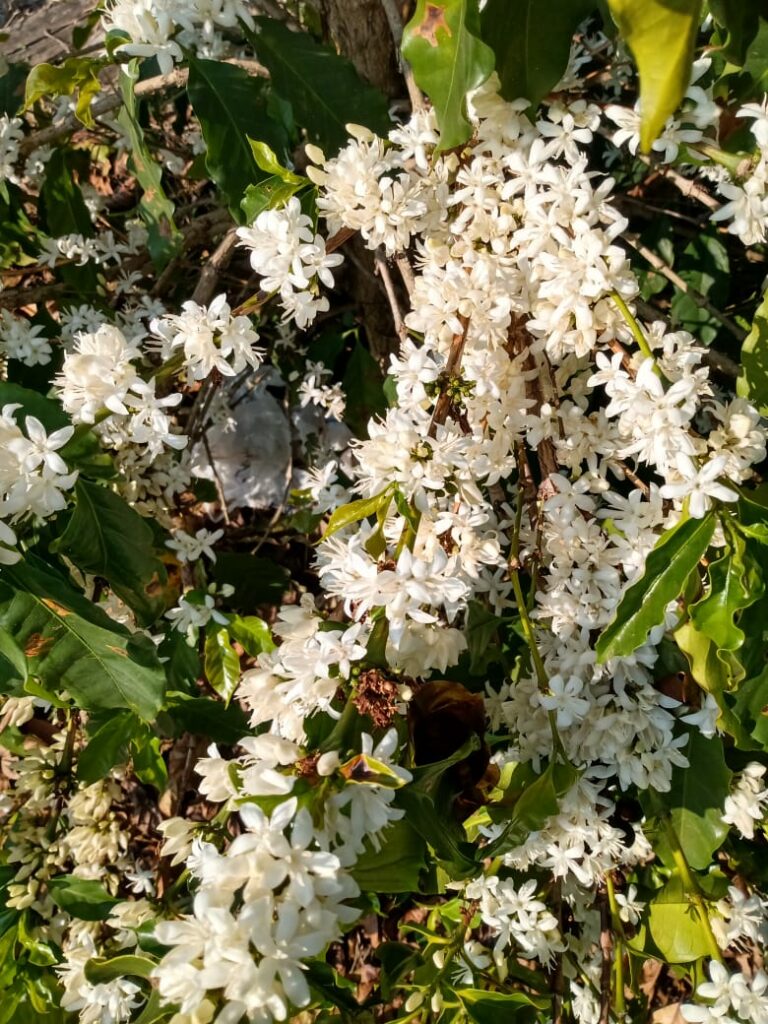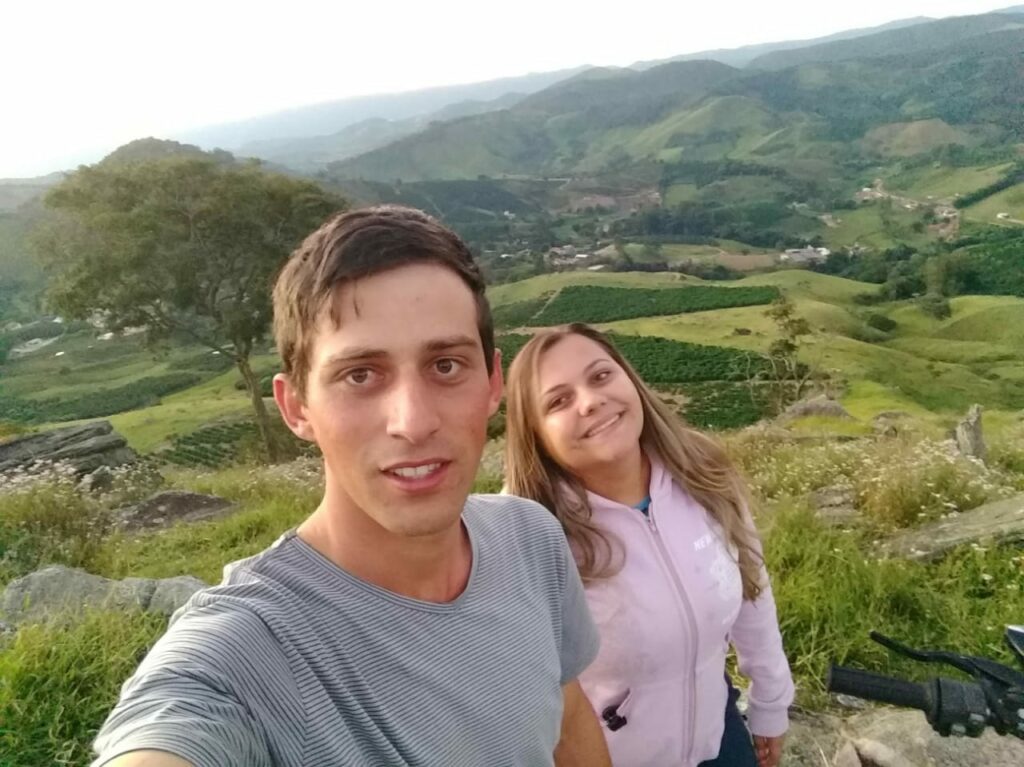Sítio Cajarana in Lambari, Minas Gerais, Brazil is operated by Paulo Junior da Silva and his father, Paulo Sergio. Production at the farm began in 1980 with Paulo Junior’s grandfather, Mr. Divino, who passed a tradition of simplicity and love for agriculture on to the next generations. Today, Paulo Junior and his father work together in pursuit of high quality crops. They take classes to grow their knowledge base, and intend to continue investing in the improvement of their practice.
The farm is 33 hectares total, with 6.5 hectares planted with coffee. Cajarana has an average temperature of 20° C and elevations between 950 and 1100 meters. The father and son know that the region they’re in, Mantiqueira de Minas, has high potential for good coffee, which drives their continued dedication to good harvest and post-harvest processes.
This lot of Red Catuai coffee underwent Natural processing. Catuai was developed by the Instituto Agronomico (IAC) of Sao Paulo State in Campinas, Brazil by crossing Mundo Novo and Caturra varieties. Catuai coffees are cultivated widely across Brazil, and are known for their high productivity potential.



